

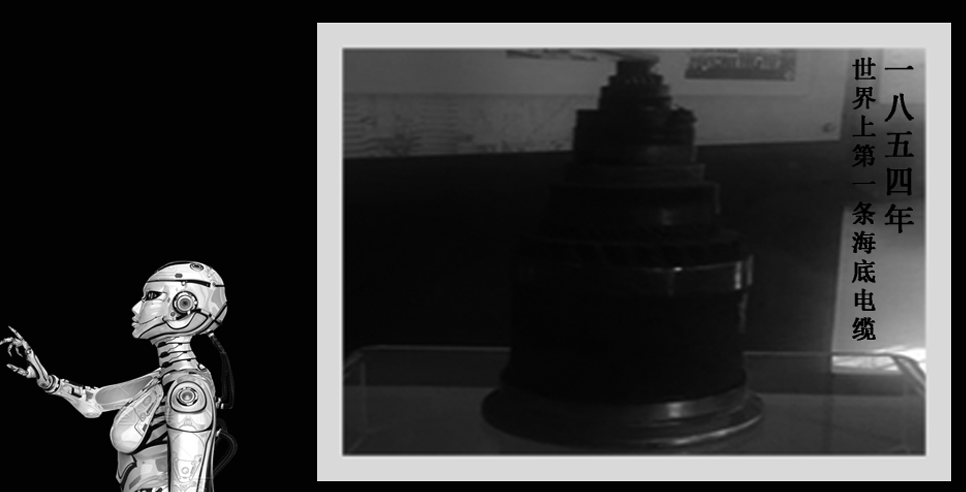
It has been 110 years since the first underground power cable, 2.7km rubber-insulated lead-covered lighting cable, was imported and put into operation in Shanghai (China) in March of 1897 (the 22nd year of Guangxu Emperor of the Qing Dynasty). The application of Chinese cables started in Shanghai. Since the 1990s, China’s wire and cable manufacturing industry has entered a period of rapid development. In 2000, the output value of the cable manufacturing industry was 4.8 times and the sales volume was 5.2 times that of 1990 . The increase in the output value of the wire and cable manufacturing industry in China has been synchronized with the GDP growth, indicating that the wire and cable manufacturing industry is still a developing industry in China. In 2002, the output value of China’s wire and cable industry accounted for about 1.5% of the national economic output value. The amount of copper reached 3.1 million tons, and replaced the United States as the world's largest copper consumer. In 2005, global copper demand will exceed production by 172,000 tons, while China's copper demand in the same year will increase by 8% over the previous year. It is expected that in the next decade, the wire and cable industry will grow at a rate slightly higher than the national economic output.
Nowadays, the criss-crossing cable network has spread all over our cities. In many cities the underground power cables transmit electric energy every second, sending cables to factories, enterprises, streets, and residences, filling modern cities with vigor, vitality and light. In recent years, the government has decided to accelerate the development of the central and western regions, especially the development of infrastructure construction, transportation, energy, communications, and the development of real estate, automobiles, home appliances and other industries. It has brought new opportunities to the wire and cable manufacturing industry.


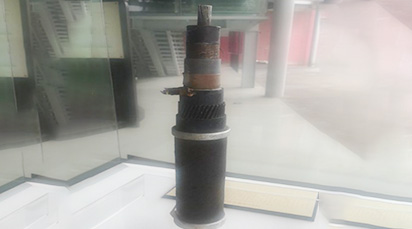
(1888) Successful trial production of 10KV oil-impregnated paper insulated power
The British communication cable technology had reached a certain level in 1888, but the research and development of power cables was still groping forward. Farranti had already been familiar with the defects and deficiencies in the development of wires and cables in Britain, and tried to make new breakthroughs in the technology of power cables. At that time, Farranti was employed by Westinghouse and was focusing on transformer research. In her spare time, she used the existing technical equipment in the laboratory, through nearly a year of data collection and exploration, and finally made a 10KV oil-impregnated paper-insulated cable on May 11, 1888, which filled in the blank of the British power cable at that time.
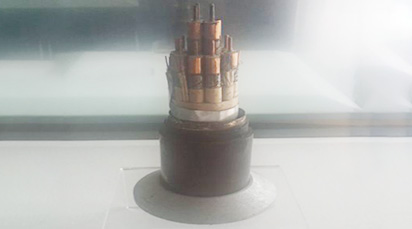
(1943) Successful trial production of the first coaxial cable with amplifier
In 1943, the communication cable technology has reached the point of proficiency. It has been widely used in road, air and underground communication channels. Its safe, reliable and funny characteristics make it a good communication medium. On August 7, 1943, the British Post Office laid the first coaxial cable with an amplifier between Onkner and Ein Island, which can communicate with 48 telephone lines. This coaxial cable not only increases the number of simultaneous calls, but also improves the quality of calls, which further ensures the quality of communication cables.
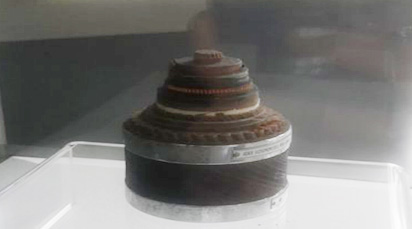
(1950) China's first 5.5 kV power cable across the Huangpu River
On May 15, 1950, Pudong Electric laid the first 5.5 kV power cable across the Yellow River. At that time, the way to lay cables across the river was to fix one end of the cable on the beach, put the cable coils on the tied wooden boats, and drag the ship to the opposite shore with tug power. When the cable landed and disembarked, 10-20 small boats were used to buoy it. After the cable was fixed on the landing end and thrown into the river by manpower. In 1965, 307Line cable from Minbei Power Plant to Shanghai Oil Refinery was laid by a flat barge as the laying ship. The winch machine on the ship is used to rewind the wire rope fixed on the opposite bank, and the tug is used to reach the laying ship downstream to control the course. When laying the 2208Line 220kV river-crossing cable from Minbei Power Plant to Pudong Substation, 2 steel wires were used, the laying ship was jacked by two tugboats against the upstream side, 4 cable trays were loaded on the ship, and the cable distribution trough was set at the water point, 4 cables were laid at the same time, and buried at 13.5 meters below the zero water level of Wuxiang river in 1966.
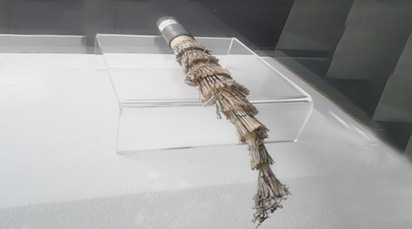
(1951) Successful trial production of China's first indoor telephone cable
In 1950, it was still in the early days of liberation. Our country began the arduous reconstruction and repair of factories, and completed the basic work of mine construction in water supply, electrical circuits, lifting, transportation and other public equipment. On April 29,1951, China’s first indoor telephone cable was successfully trial-produced, supervised by Huaneng Shanghai Branch at that time. The Gaoyou Road in Xuhui District, Shanghai was successfully laid, which became the best gift for the founding of New China.
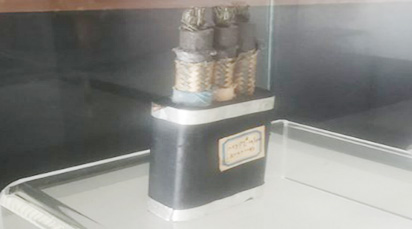
(1953) Successful trial production of China's first mining petroleum exploration
After the founding of the People’s Republic of China,the petroleum industry developed rapidly, and a large amount of petroleum exploration cables imported from abroad increased the cost of petroleum exploration. Therefore, self-developed petroleum exploration cables became an urgent task. After several years of research, repeated experiments, tests and compared with foreign technical requirements and standards, on February 21, 1953, China’s first mining petroleum exploration cable was successfully trial-produced, and it was provided for the Daqing Oilfield exploration project. It created new conditions for the 1205 drilling team led by Wang Jinjia at that time, saving the country's economic development, and preparing for the country's independent exploration and development of oil.
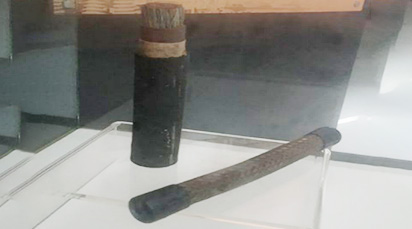
(1954) Successful trial-production of China's first CHFR marine rubber insulated
On April 1954, Huang Jing, Minister of the First Ministry of Machinery Industry, led a working group to Shanghai to guide the work, and put forward new requirements for the Shanghai cable industry: strengthening plan management and implementing manager accounting system experience, independent of foreign imports, independent innovation. On August 29 of the same year, the first domestically made CHFR marine rubber insulated non-combustible soft sheathed cable was successfully trial-produced, taking the first step of independent research and development.




